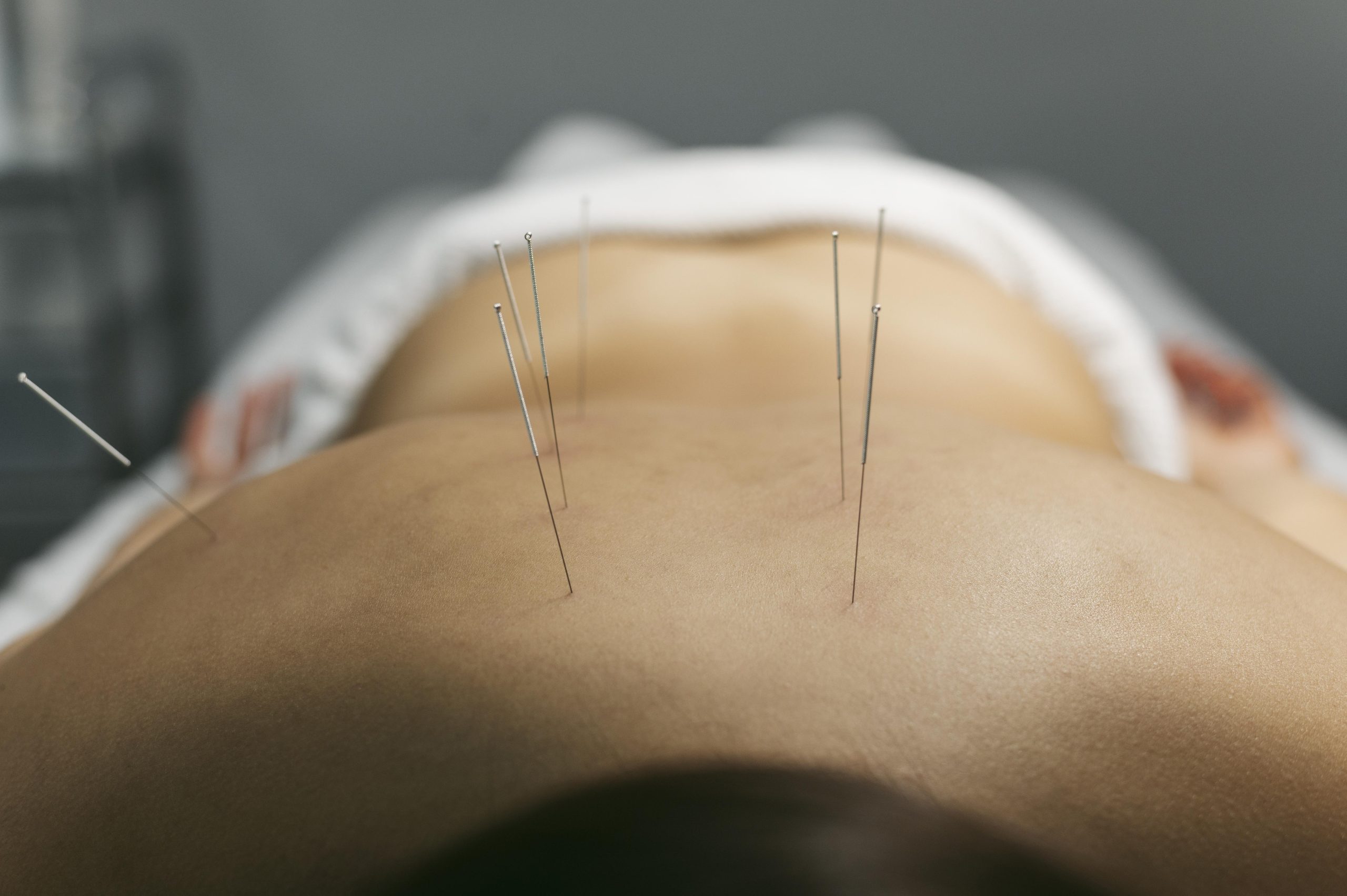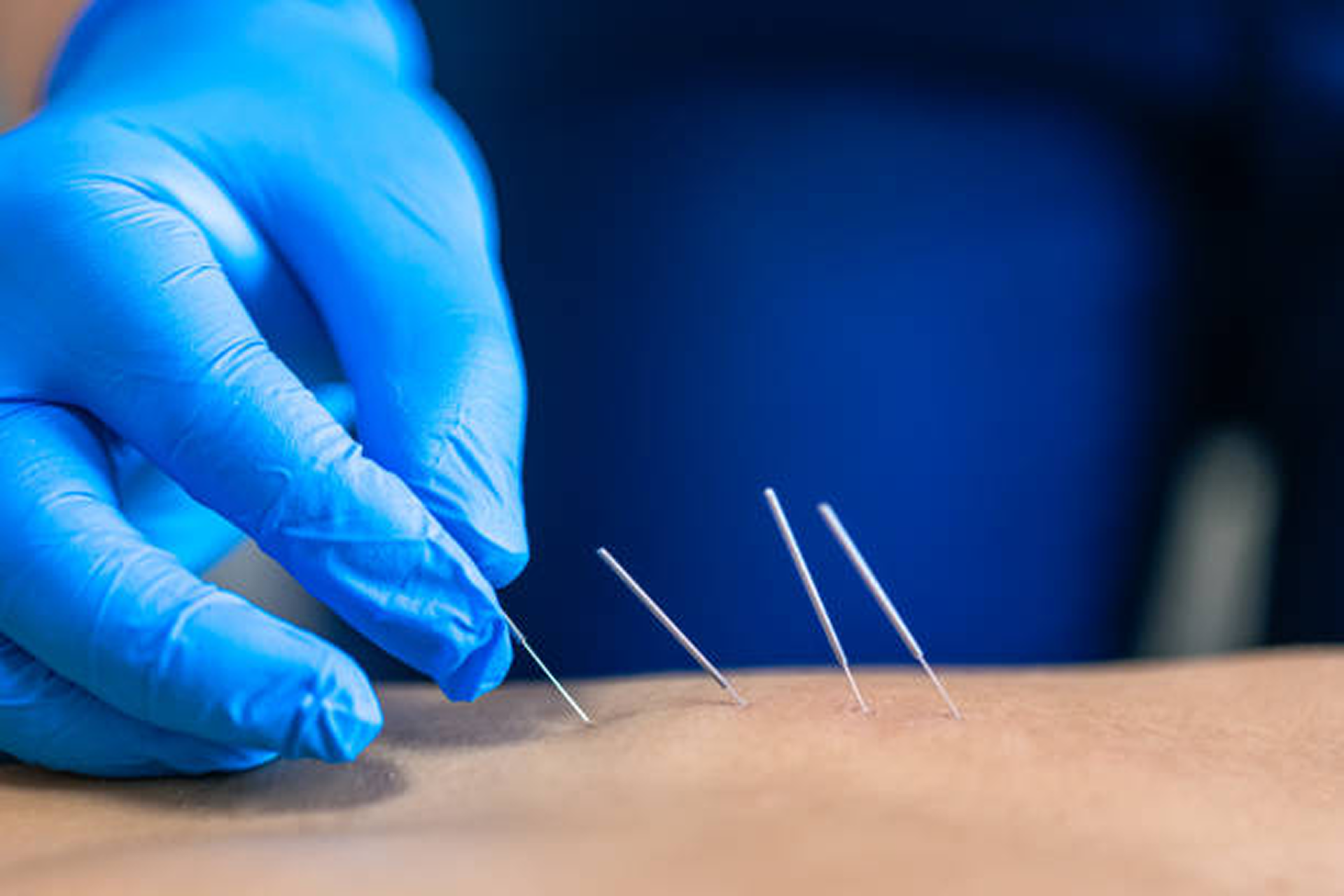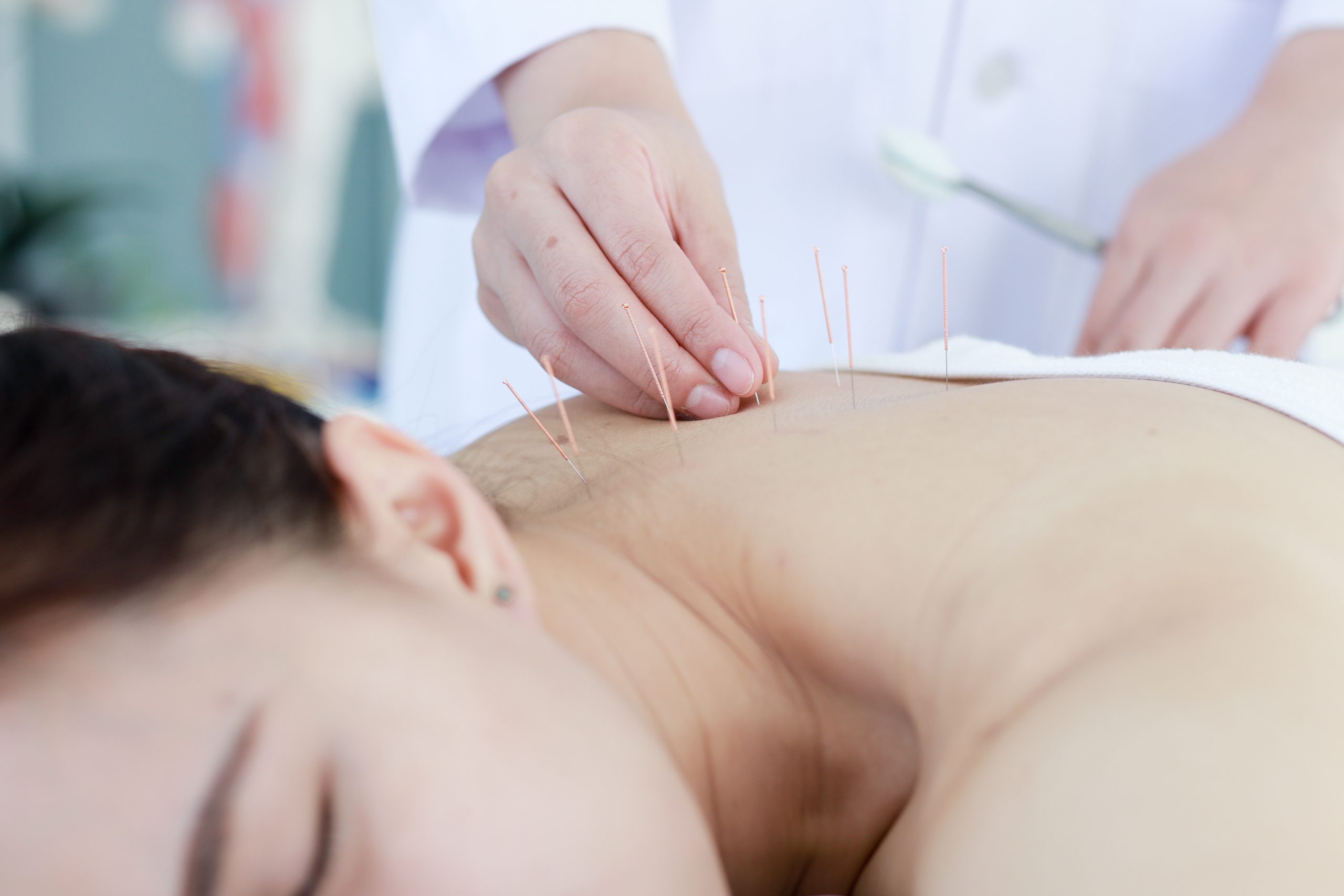The Science Behind Dry Needling for Muscle Recovery
Muscle recovery can feel challenging after injury, surgery, work demands, chronic conditions, or age-related changes. These situations may contribute to muscle soreness or ongoing muscle pain, affecting daily movement and overall comfort. Understanding how your muscles respond to stress helps you make informed decisions about activity and lifestyle choices.










